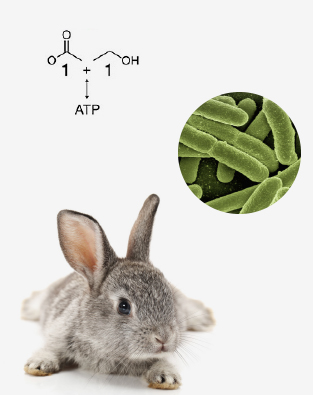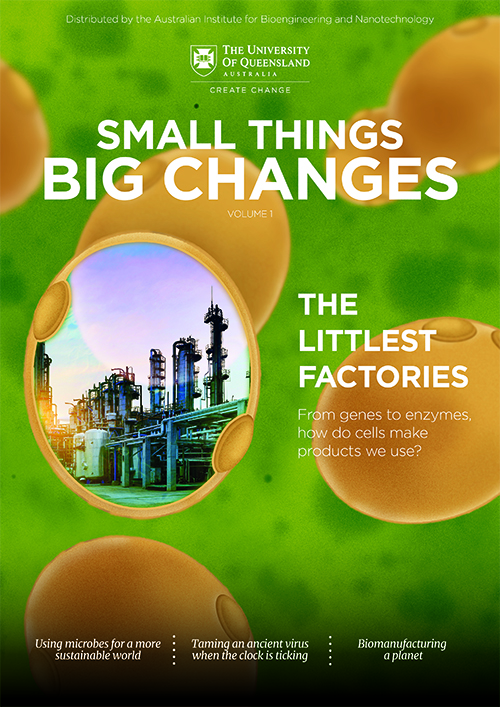How ancient biology coupled with cutting-edge technology could reduce global greenhouse gas emissions.

From deep sea vents to hot springs to the guts of mammals, acetogens turn up in the most unusual places. LanzaTech, a gas fermentation company based in the US, is particularly interested in a species of acetogen called Clostridium autoethanogenum, which was originally discovered in rabbit droppings. LanzaTech uses this acetogen as part of its carbon capture and reuse process, whereby industrial waste gases such as steel mill exhaust are converted into useful by-products like ethanol.
Through an ARC Linkage Project, LanzaTech teamed up with Dr Esteban Marcellin and Professor Lars Nielsen at AIBN in order to better understand the process by which the microbe is able to fix CO2 and CO. Together they built a platform so that gasified-waste streams can be turned into industrially useful chemicals. To achieve this, LanzaTech and AIBN researchers recently developed a computer model of C. autoethanogenum’s metabolic pathways.
“Because biology is so complex, the human brain can’t quite process how the many different gene interactions going on at once can lead to genetic changes resulting in superior strains,” says Dr Marcellin. “When you look at a microorganism like C. autoethanogenum, there are 4,000 genes interacting there, so we use computer models to process and model combinatorial patterns.”
“Our computer model is able to predict cellular metabolism of the microbe,” said Dr Marcellin.
“This can help identify the best way to modify the organism so that it can capture greenhouse gases better and convert that carbon into desired products.”
Dr Michael Koepke, Director of Synthetic Biology at LanzaTech said, “The model lets us predict what would happen if we knockout certain genes or overexpress other genes, or even introduce an entirely new pathway.”
Dr Marcellin explains that the next step is to use the computer model to identify and modify gene targets in C. autoethanogenum.
“We can now manipulate cells in a way we couldn’t before,” he says.
“So we’re excited to see what we can achieve.”

